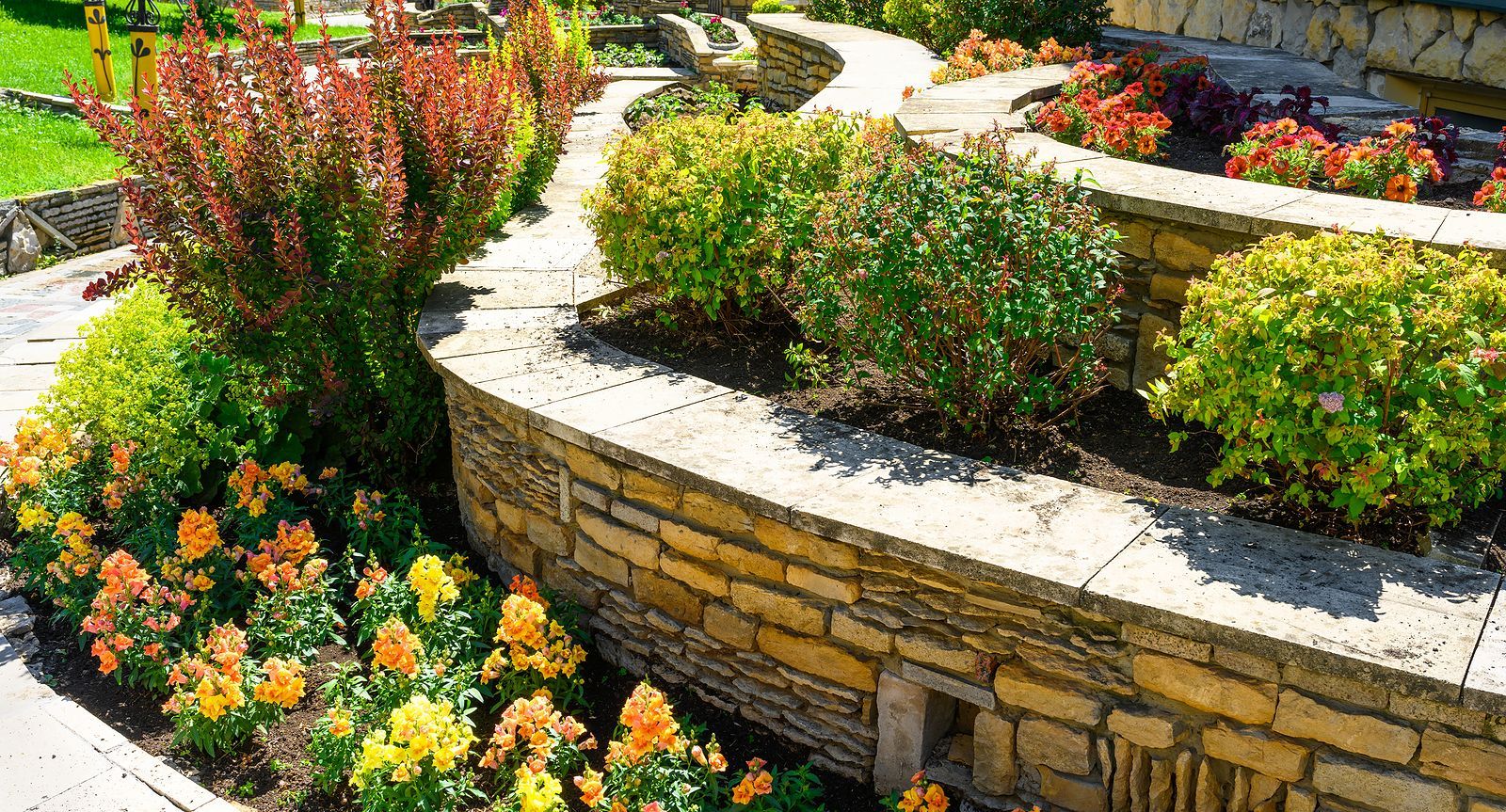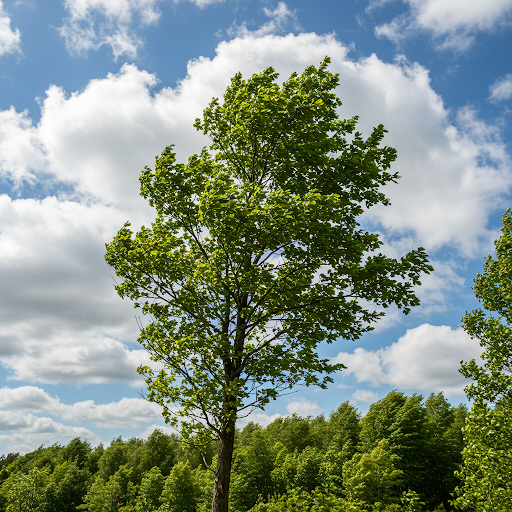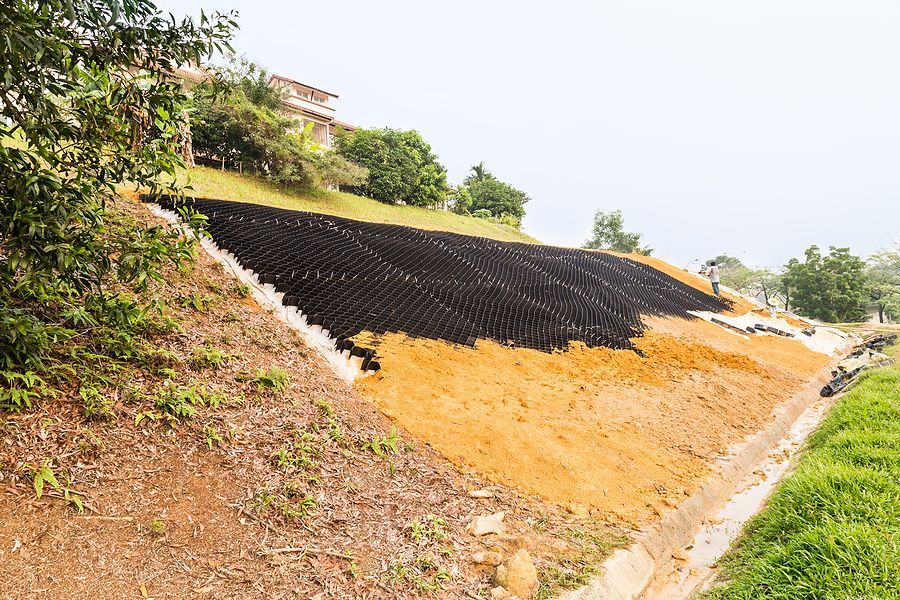Retaining Walls: Do You Need One?

Erosion Control
If your property is on a slope or has uneven terrain, retaining walls can prevent soil erosion and washouts. They hold back the soil and prevent it from being washed away during heavy rain or watering activities.
Slope Stabilization
Retaining walls can help to stabilize sloping areas by holding back the soil and preventing landslides or collapse. This is particularly important in areas prone to earthquakes or heavy rains.
Maximizing Usable Space
If you have a sloping yard or uneven terrain, retaining walls can create level terraces or platforms that can be utilized for various purposes. These walls create more usable space for gardening, outdoor living areas, or even just for visual appeal.
Visual Appeal and Aesthetics
Retaining walls can add visual interest and enhance the overall aesthetics of your landscape. They can be designed using various materials, textures, and colors to blend seamlessly with the surroundings and create focal points or define different areas within the landscape.
Improved Drainage
Retaining walls can be designed with built-in drainage systems, such as weep holes or gravel backfills, to prevent water from accumulating behind the wall. This helps to control the water flow and prevent hydrostatic pressure from damaging the wall.
Safety and Protection
In certain cases, retaining walls are essential for safety purposes. They can provide protection for buildings, roads, or other structures against soil movement, flooding, or encroachment. And they act as a barrier helping to contain the earth behind them, preventing potential hazards.
Overall, retaining walls serve both functional and aesthetic purposes in your landscape. They provide stability, prevent erosion, create usable space, enhance visual appeal, and offer protection for your property.









